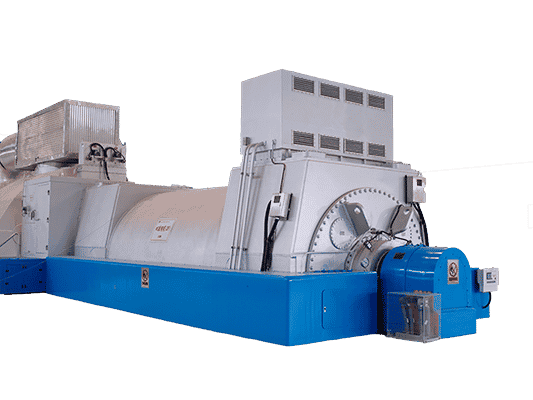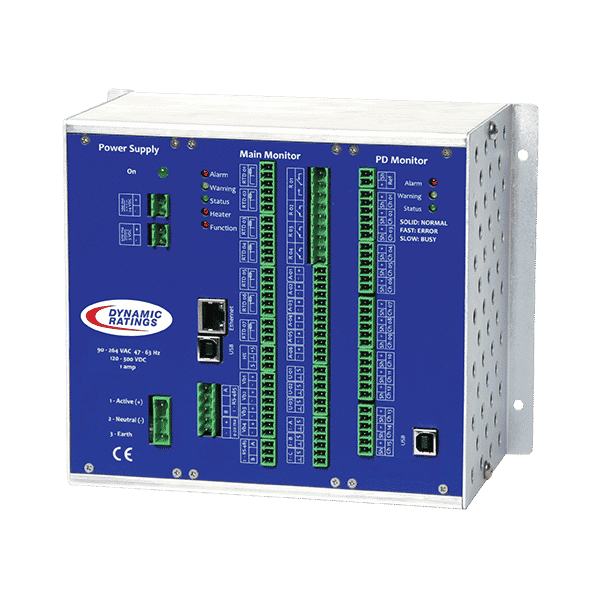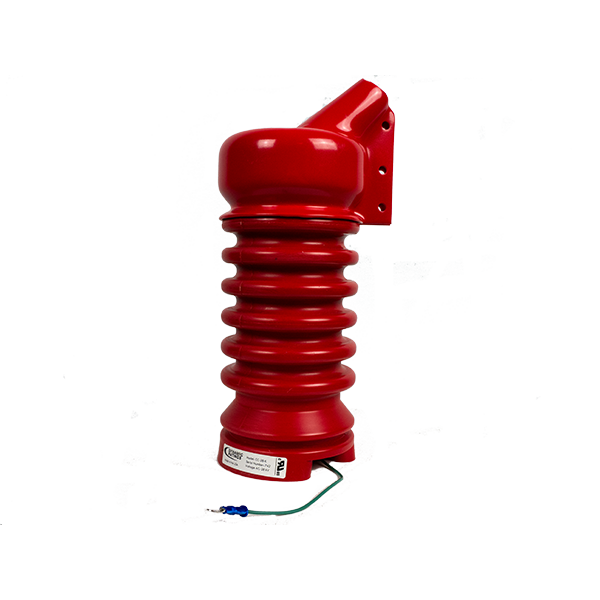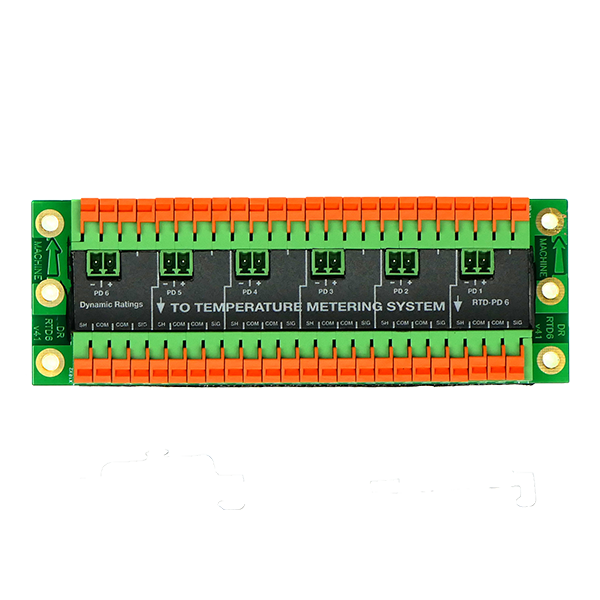Why Should I Monitor Hydro or Turbine Generators?
It is important for power plants to have reliable generators. The key benefits to implementing online monitoring are
- Increasing safety for workers
- Reducing unexpected failures to increase plant reliability
- Reducing unplanned outages which saves time and money
Online condition-based monitoring collects data generated during the assets normal operating conditions in order to get real-time awareness of problems.

Failure Modes of Turbine Generators
What causes failure in a turbine generator's stator windings?

Failures in stator windings usually occur due to four factors
- high temperatures
- high electric stress
- inadequate ambient conditions around the windings
- mechanical issues
All of these failures have the potential to generate partial discharge (PD) and influence the life expectancy of the winding. However, the rate of deterioration in stator winding insulation can be tracked by measuring partial discharge activity and closely monitoring PD tendencies.
Manual Inspection vs Online Monitoring
The condition of turbine generators is usually determined through periodic manual inspections during an outage. These inspections look for obvious problems such as physical damage, frayed connectors, degraded insulation and evidence of overheated components. However, the disadvantage of periodic inspections is that the time interval between two maintenance activities is not always sufficient to identify developing issues prior to failure. Perform periodic maintenance when the asset is not in service or the plant is in outage and the actual state of the asset with respect to time and plant operation condition is often not available for diagnosis. In summary, periodic maintenance frequently results in the maintenance of healthy assets, increasing maintenance costs, and the possibility of human error.
Online Monitoring for Turbine or Hydro Generators
There are two things to consider when implementing online PD monitoring for generators:
Noise Cancellation
Signal Noises from outside the generator must be eliminated. Noise can allow misinterpretation of the data or no interpretation. There are many techniques for noise cancellation, you can read further information about them in this white paper.Signal Attenuation
Sensors used for detecting deterioration signals need to have good sensitivity and coverage. Coupling capacitors installed at the line terminal of a machine only have a zone of 10-15% sensitivity of the total winding. For further information, read about signal attenuation in this white paper.50
According to IEEE, 50% of generators are taken out of service within 12 months of maintenance due to forced outages.
15
15% of a turbine generator is being monitored for PD (maybe 2-3 coils). The rest is outside of the coupling capacitor zone.
6
Most Turbine generators have at least 6-12 RTDs already inside which can be used to transmit PD pulse data.
Use Realtime Data with Hyrdo or Turbine Generator Monitoring

The Rotating Machine Monitor is a continuous partial discharge monitor that monitors, stores, and correlates operating dynamics. The RMM provides information as to the health of the stator winding insulation in medium and high voltage motors and generators.

The Coupling Capacitor is a highly sensitive partial discharge (PD) sensor that decouples PD from the monitored conductor. Install Coupling Capacitors as close to the winding as possible for maximum sensitivity.

The RTD-PD Module detects PD that occurs deep within the windings. Line-side coupling capacitors only identify PD levels close to the equipment terminals. The RTD-PD sensor allows a more comprehensive view of the true condition of the machine’s insulation system.

The Ground Path Current Sensor (GPCS) provides non-invasive, directionally sensitive Partial Discharge (PD) detection in electrical equipment.
Comprehensive Partial Discharge Monitoring Approach

It is important to consider a comprehensive partial discharge monitoring approach. PD can occur in generators, isolated bus ducts, step up transformers, and switchgear. Comprehensive monitoring of the entire power train can greatly increase the ability to pinpoint problem locations. To learn more about comprehensive PD Monitoring, visit our overview page.
